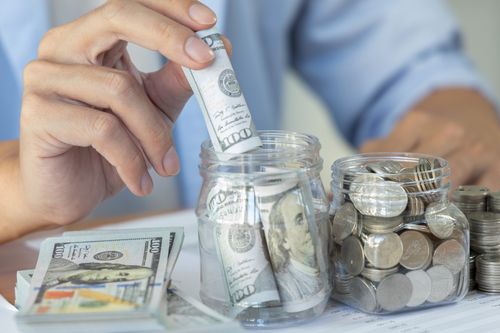Written for Bolton by Zachary Fritz, Sage Policy Group
The combination of high interest rates, the cumulative impact of inflation on consumers, and a regional banking crisis that tightened credit conditions should have squeezed growth and pushed the economy toward recession. Through the first half of 2023, that hasn’t been the case.
Rather than emerging signs of weakness, several aspects of the economy remain too hot. The unemployment rate still sits near a 50+ year low. Employers have added an average of 314,000 jobs per month through the first five months of 2023, a faster pace of hiring than in any year before 2021. And then there’s retail sales, which increased another 0.3% in May and, excluding spending at gas stations, have kept pace with inflation over the past year.
While this enduring momentum is a justified reason for economic optimism, it’s also fueled ongoing inflation. Annual prices increases, as measured by the Consumer Price Index, have fallen from 9.1% in June 2021 to just 4.0% in May 2023, but that’s still twice the federal reserve’s target 2% rate of inflation. Core inflation, which excludes food and energy prices due to volatility and is considered a more stable measure, has shown a far more gradual decline, falling from a peak of 6.6% in September 2022 to a current rate of 5.3% in May 2023.
At some point, economic activity will slow—this pace of growth is quite literally unsustainable. Interest rate increases typically take between 12-18 months to affect the economy, and it’s now been about 15 months since the Fed started hiking rates in March 2022. While the Fed chose not to raise rates at their June meeting, chairman Powell has indicated that the one or two more increases are likely over the remainder of the year.
Excess savings accumulated during the early months of the pandemic are a driving factor behind the economy’s enduring strength and the surprising ineffectiveness of interest rate increases. Americans saved about 20% of their disposable income between April 2020 and March 2021, nearly three times more than they would have saved during a typical year. Not only was the saving rate higher, but income also spiked due disaster relief funds and expanded unemployment insurance benefits.
The resulting glut of savings is, unfortunately, difficult to understand due to a lack of data specifying who still retains how much of those excess funds. That, combined with the high proportion of homeowners locked into low fixed rate mortgages, means that higher interest rates may prove less effective over the short term.
The upshot: despite several economic risks, including inflation, impending havoc in the commercial real estate sector, and tightened credit conditions, there’s still room for a soft landing. The Fed’s most recent economic projections have growth slowing but remaining positive through 2025, with only a modest increase in the unemployment rate. The most recent Bloomberg economic forecasting survey showed a similar outcome, with growth turning negative in the fourth quarter of 2023 but the economy avoiding recession as consumer spending continues to increase.




